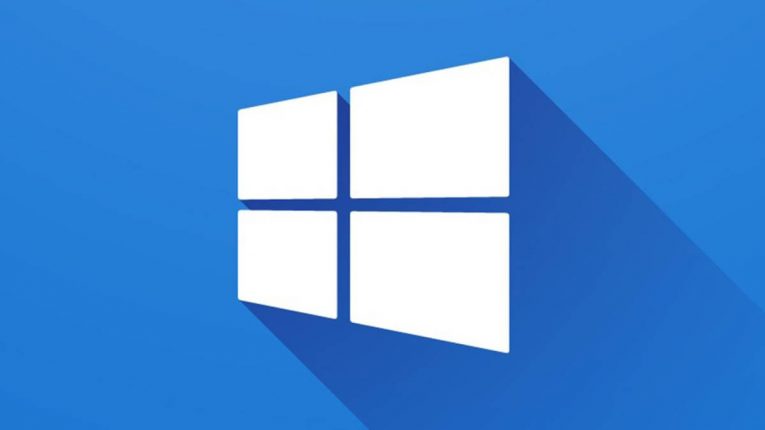How to Hide or Password Protect a Folder in Windows 10

We all have things we wish to hide on our computers, especially if we share it with other people like members or co-workers. Whether its business or company secrets, personal photos or naughty movies you don't want your mom to see we all have things we need to keep private. Luckily for us, we can hide those risque files in password-protect folders in Windows 10.
Here's how you can create a locked folder which you can fill with private pics, files, documents and anything else you want to keep safely hidden away under lock and key.
How to create a password protected folder in Windows 10.
- First, enter the folder you want to lock and right click it with your mouse. The folder you want to hide can be located anywhere, even on your desktop.
- Find "New" in the drop-down menu and click on it.
- Select "Text Document".
- Press "Enter". Choose a name for the document. It doesn't really matter what name you'll choose as you'll likely delete it once the folder has been successfully locked.
- Double click on the document or hit "Enter" to open it.
- Copy and paste the following text into the document:
cls
@ECHO OFF
title Folder Locker
if EXIST "Control Panel.{21EC2020-3AEA-1069-A2DD-08002B30309D}" goto UNLOCK
if NOT EXIST Locker goto MDLOCKER
:CONFIRM
echo Are you sure u want to Lock the folder(Y/N)
set/p "cho=>"
if %cho%==Y goto LOCK
if %cho%==y goto LOCK
if %cho%==n goto END
if %cho%==N goto END
echo Invalid choice.
goto CONFIRM
:LOCK
ren Locker "Control Panel.{21EC2020-3AEA-1069-A2DD-08002B30309D}"
attrib +h +s "Control Panel.{21EC2020-3AEA-1069-A2DD-08002B30309D}"
echo Folder locked
goto End
:UNLOCK
echo Enter password to Unlock folder
set/p "pass=>"
if NOT %pass%==Your-Password-Here goto FAIL
attrib -h -s "Control Panel.{21EC2020-3AEA-1069-A2DD-08002B30309D}"
ren "Control Panel.{21EC2020-3AEA-1069-A2DD-08002B30309D}" Locker
echo Folder Unlocked successfully
goto End
:FAIL
echo Invalid password
goto end
:MDLOCKER
md Locker
echo Locker created successfully
goto End
:End - Locate the segment which says "Your-Password-Here" in the text document.
- Delete "Your-Password-Here" and enter the password you want to use to lock your folder.
- Click on File and choose "Select Save As..."
- Select "Text Documents (*.txt)".
- Then choose "All Files" when prompted.
- Rename the filename to "FolderLocker.bat".
- Press "Save".
- Press "Enter" or double-click "FolderLocker".
- The Locker folder has been created!
- Now you will have to put the files you want to hide in the Locker folder.
- Enter the "FolderLocker" file. We need to lock it shut.
- Type "Y" in the window.
- Press "Enter" and the window will close and disappear along with the Locker folder itself and everything you put in it.
- To open the locked folder, double-click on "FolderLocker" to open it again.
- Type the password you wrote in earlier, and hit "Enter".
After completing the last steps above you will have brought back the locked folder. If you want to hide it again follow the locking steps again.








